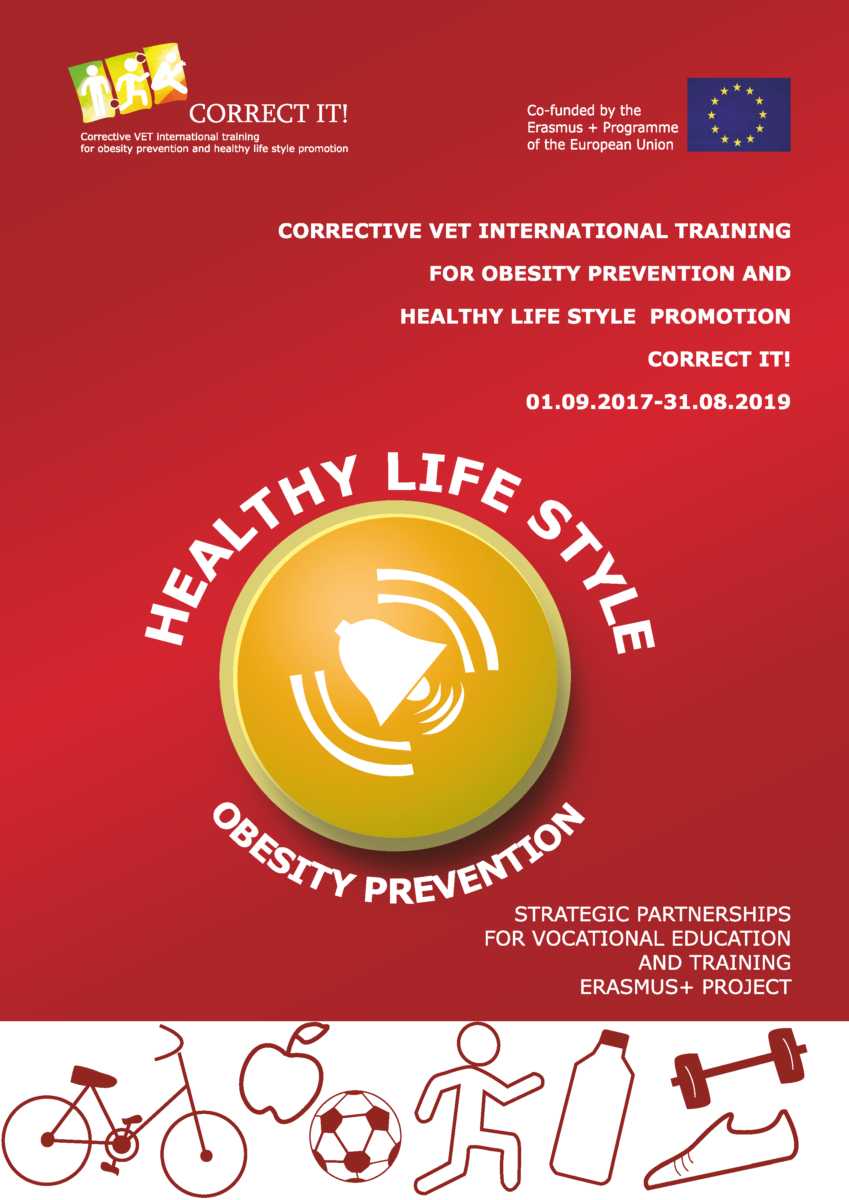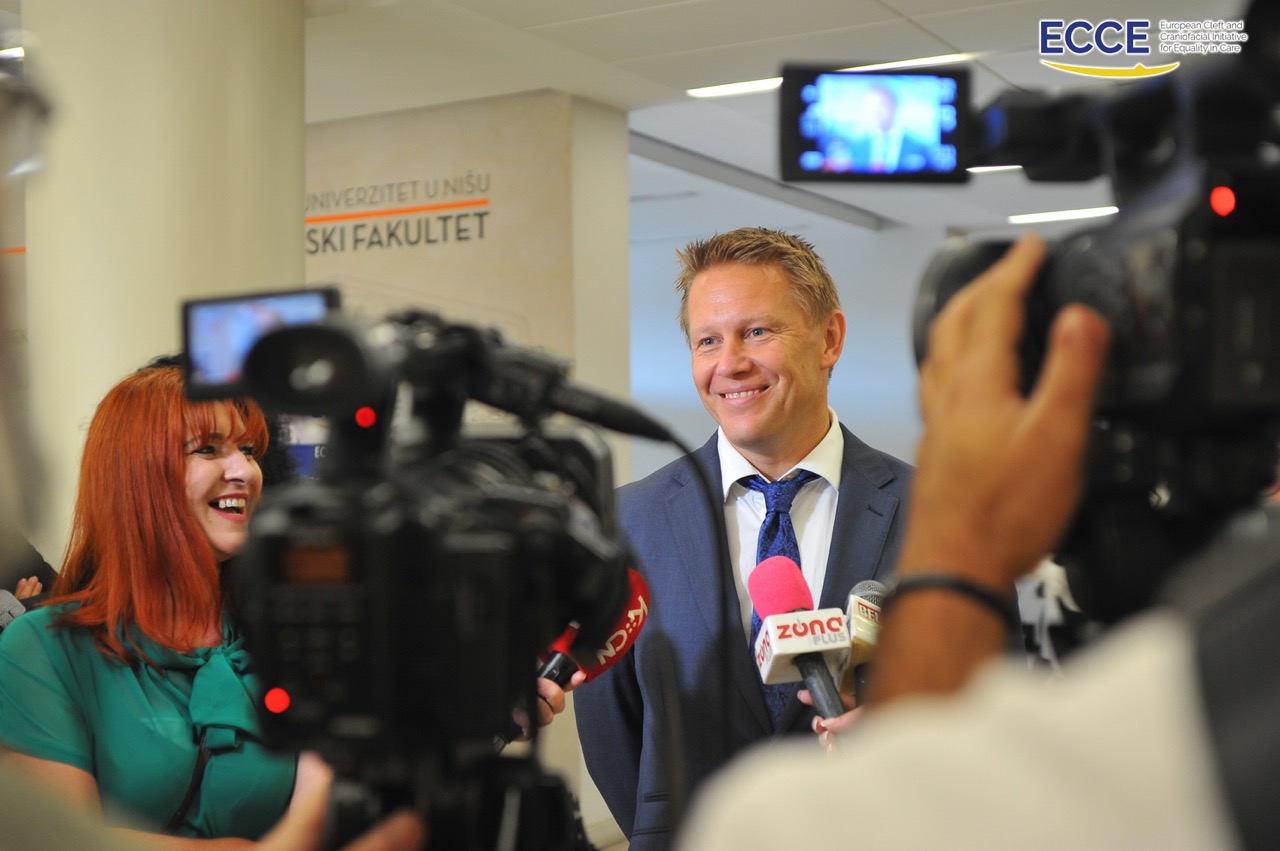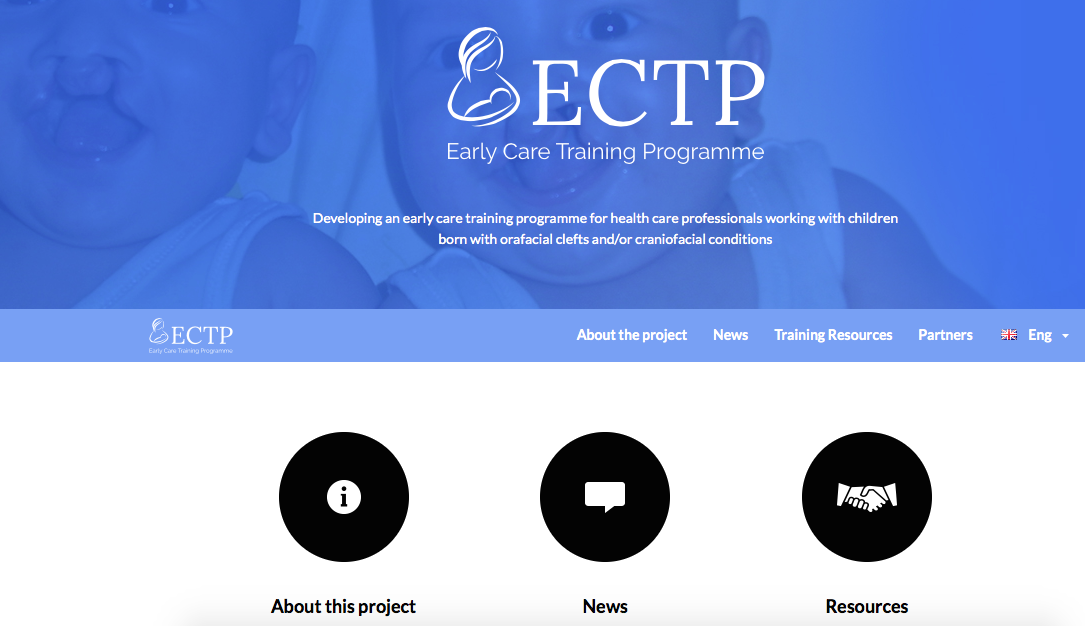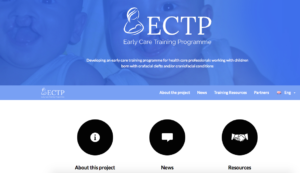During ECCE conference in Serbia, Triskelion discussed possible future cooperation with The Global Smile Foundation with the Pre-Surgical & Dental Division Director Serena Kassam.
The patients they see on their medical missions around the world come for the surgery that will repair their craniofacial deformities.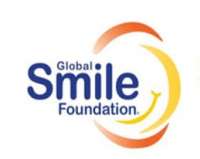
The first 2 intellectual outputs of the CORRECT-IT project can be downloaded from the project website
- Healthy lifestyle analysis
- Training Curriculum
The team of CORRECT-IT project held the third joint meeting at Escola Superior de Saúde de Portalegre, in the city of PORTALEGER, Portugal on 28th September 2018. The focus was to finalize the online training materials and face to face module. All partners have delivered so far and the project is en route.
Triskelion was both present and heavily involved in the organisation of the EUROPEAN CLEFT AND CRANIOFACIAL INITIATIVE FOR EQUALITY IN CARE which took place in Nis, Serbia 13-15th September 2018 at the medical faculty of Nis University. Keynote speakers were Dr. Ron Strauss from USA, Dr. Bowornsilp Chowchuen from Thailand and Dr. Serena Kassam from Canada.
The Health Minister of Serbia opened the conference together with the Mayor of Nis, and the conference was featured on national TV, reporting from the event and conducting interviews with speakers.
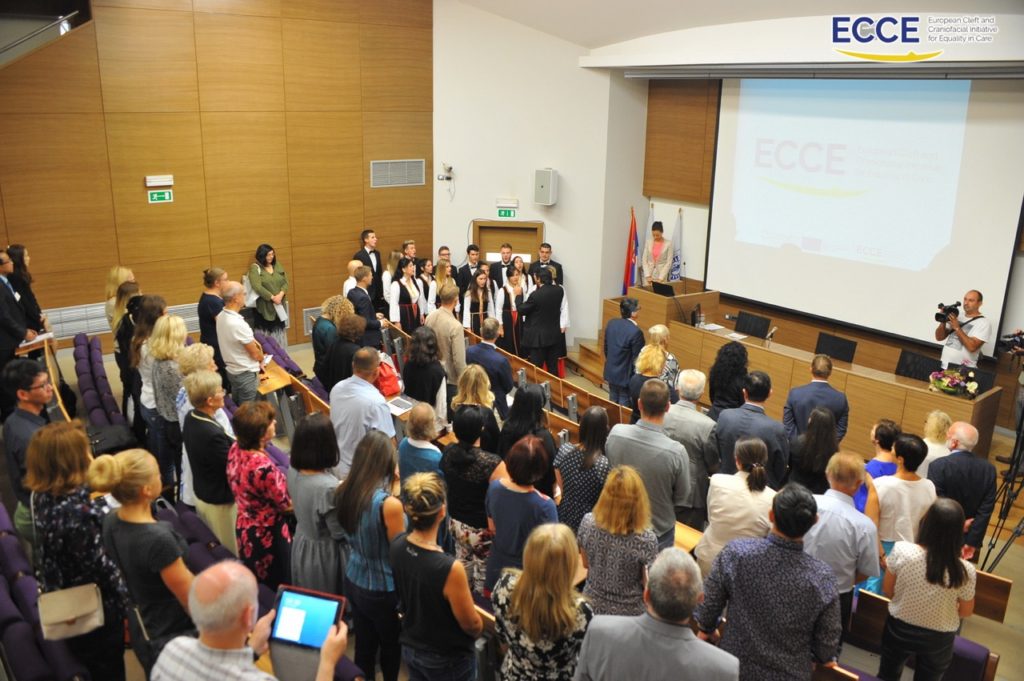
Yet another EU project approved!
Health Innovation, Implementation and Impact, a Strategic partnership project within Erasmus + have been approved for funding. The kickoff wil be 12th November at Kristianstad University College, Sweden
The Early Care Training Program website is now up and running!
Check it out at:
The Cutting Edge Training project has a new web page up and running. Please see the link below:
For developed materials, please see direct link : Downloadable materials

Impact of celebrity endorsement on consumer buying behavior
Frida Felines video thesis on consumer buying behavior
Another project application Strategic partnership “Up & Go” approved
Another new Erasmus+ Strategic partnership project within higher education is approved by the Swedish National agency. The project is called Up & Go and deals with people with Downs syndrom.
Lead partner is Kristianstad University, and partners are Triskelion, Down syndrom international in Romania, Downs syndrome centre of Pula- Croatia and Lithuanian Welfare Society for Persons with Mental Disability.
The project will be starting 1. September 2018.
Appearance matters Podcasts
The Centre for appearance research in Bristol has a series of 28 podcasts on appearance issues.
If you are interested, see their page on soundcloud:


